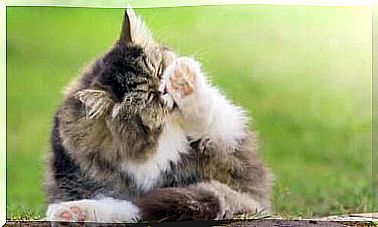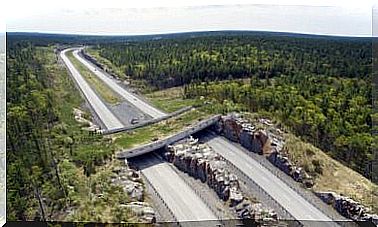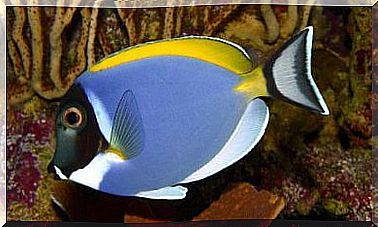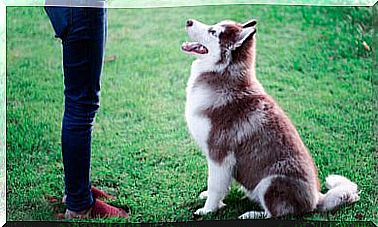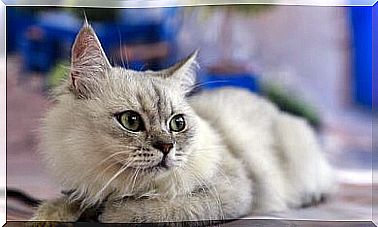Do You Know The Origins Of Horses?
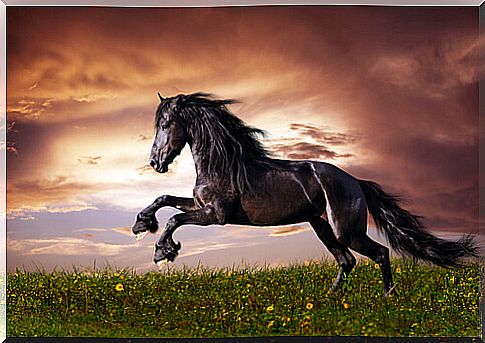
Today we will talk about the origins of the Equus ferus caballus, or as everyone knows, the horse, one of the most beautiful and elegant animals in the world. The horse has accompanied humans for thousands of years, and has always proved to be a perfect workmate.
Horses have been evolving for 50 million years now, but it is only in the last few decades that scientists have tried to pinpoint their origin. With this article we would like to reveal the secrets of their provenance.
Characteristics of horses
The horse is a domesticated mammal of the Perissodactyla order, the only living genus of the equidae family. They are large herbivores, with a broad, arched neck and thick mane. The female of the horse is called mare, the cubs are called foals if they are male, fillies if they are female.
Horses’ instinct to flee derives from their being easy victims of predators; however, when faced with the inability to escape, they are always ready to face danger. Most breeds are fast, agile, and quite hardy. They are also sociable animals, able to establish strong bonds with humans or other animals.
The origin of the horses
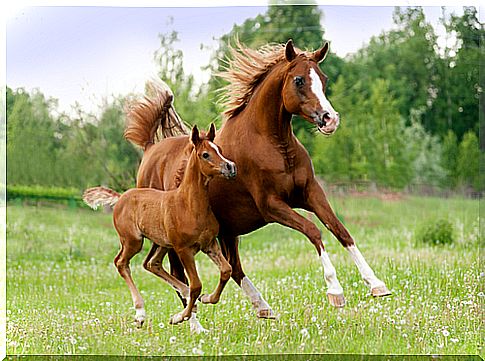
To establish the origins of horses, it is necessary to go back to 55 million years ago, to the times when the horse’s ancestor lived in North America. The eoeppo was a small herbivorous mammal that lived at the Eocene epoch, and from which equines are believed to have descended. It measured between 20 and 40 centimeters in height and had four fingers on the front extremities, and three on the rear ones.
Its size and shape made it very similar to a dog, but the heopo later evolved by growing in stature and changing the anatomy of the foot, becoming monodactyl – with a single toe. The paw underwent further evolution over time, until it reached the appearance of a hoof, an attribute that facilitated its escape from predators.
Later the animal developed its mandibles and transformed itself up to the genus of the equus, the name from which the word equine derives and to which the entire family of horses is linked.
Emigration to Asia
For reasons related to the unfavorable climatic conditions in North America, the equus fled towards Eurasia; it is in these lands that scientists place the now extinct wild horse, ancestor of the domestic horse.
The origins of the horse as we all know it today, date back to the Pleistocene era, that is to say 2 million years ago. All this caused the extinction of horses in America, until some specimens were re-introduced by the Spanish colonizers.
Przewalski’s horse, from Asia, is one of the genetic fathers of the current horse, and it too later expanded on the African continent. Currently, the number of Przewalski’s horses raised in captivity is 300.
Horses in different civilizations
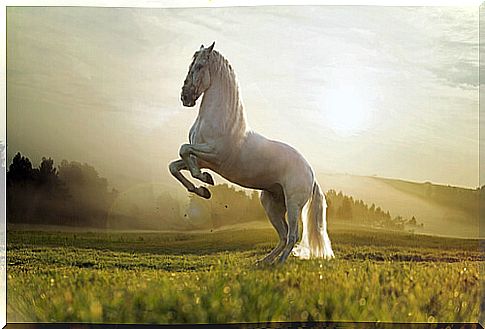
If there is a civilization that gave great importance to horses, it is the Ancient Romans, who worked on the breeding and taming of this splendid animal, using it at the same time as a beast of burden and work. The civilizations that over time invaded the Iberian Peninsula, especially the Arabs, came to develop their own herds, to the point of establishing a real industry for the cattle trade.
Horses nowadays
The horse is considered today a creature loved and appreciated by all. Since being domesticated, this creature has been used for countless purposes, primarily for transport and work in the fields. Nowadays the horse is mainly used in sports competitions and exhibitions.
A clear example is that of dressage, horse racing, bullfighting, obstacle course or horseback riding. It has also been shown that therapy courses with horses can be of great help for people with disabilities.
According to a survey, the horse population recorded in 2007 recorded a total of 58 million individuals, of which 9 million resident in the United States. According to history, the Russian Empire was the country with the largest possession of horses – there are approximately 35 million of them.
